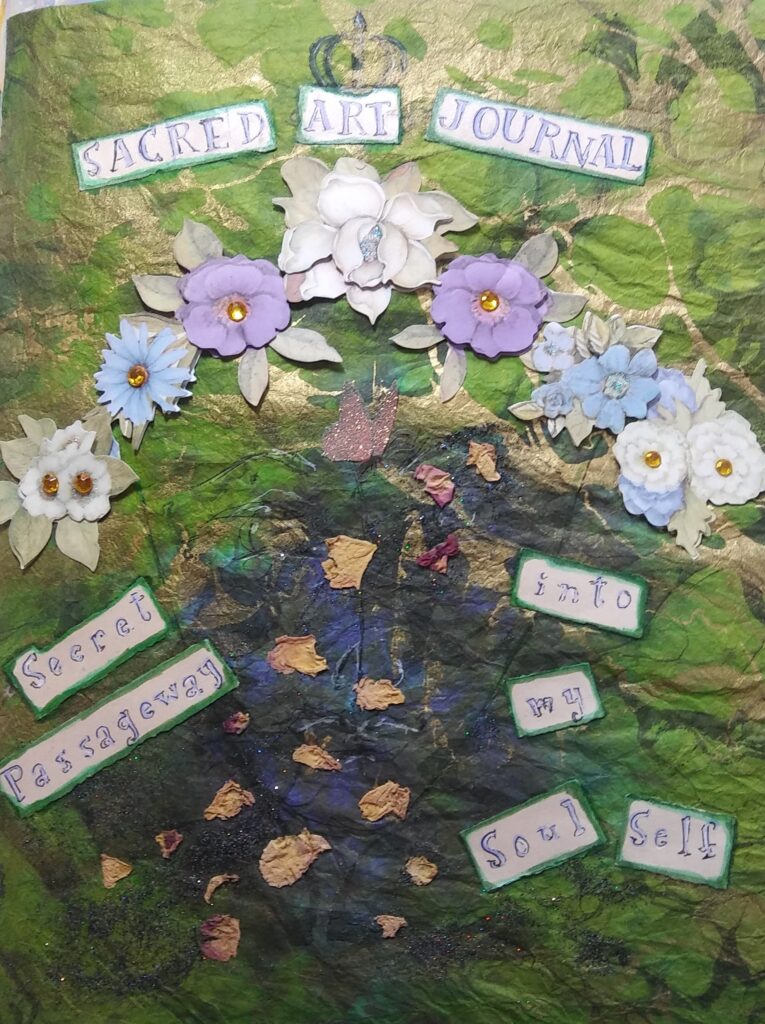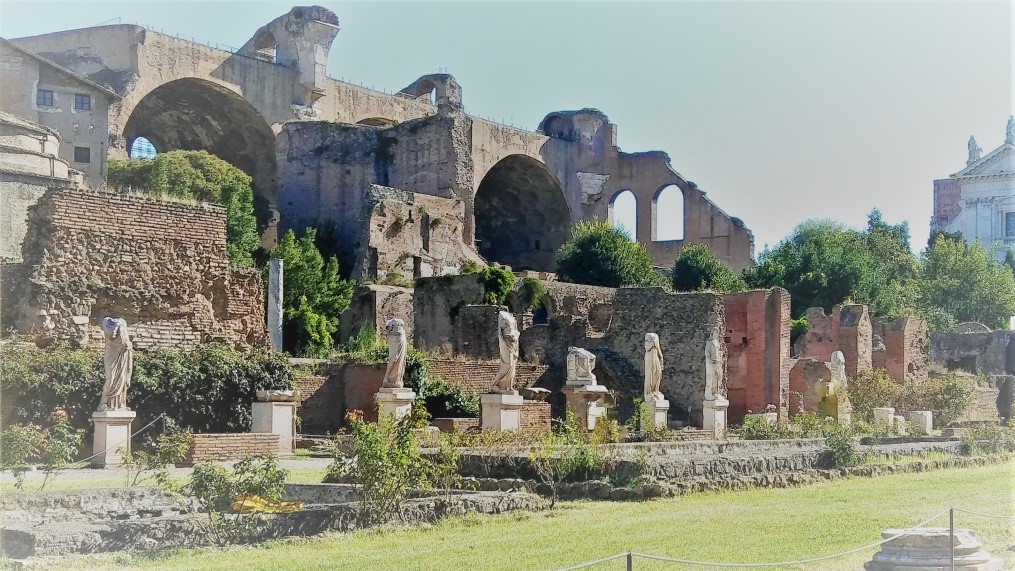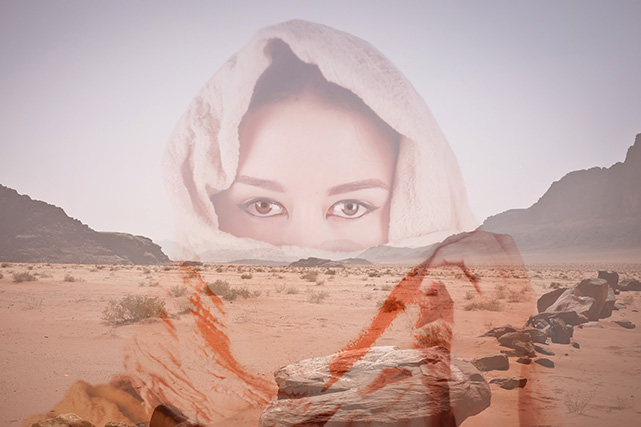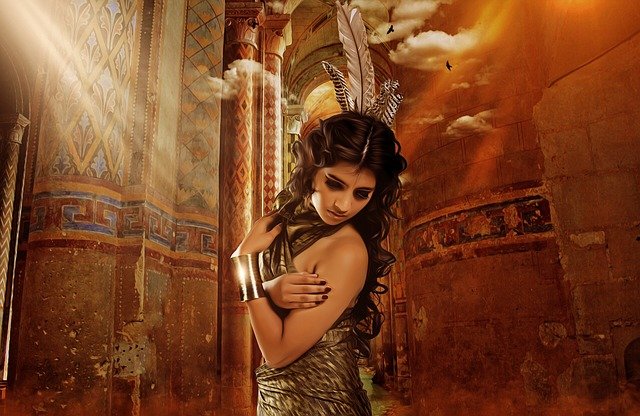Hildegard of Bingen was a true “Renaissance Woman” centuries before the Western Renaissance dawned and certainly before Leonardo da Vinci was hailed as the “Renaissance Man.” Based on her visions of God as a cosmological circle of growth and love, she painted extraordinary works of art, wrote exquisite spiritual poetry and choral music, and developed a system of healing based on her extensive knowledge of herbs and crystals. Also known as the “Sibyl of the Rhine,” she began her preaching tours through the German empire at age 60, wherein she journeyed up and down the Rhine River advising bishops and reprimanding members of the Catholic clergy who had lapsed in keeping their vows.

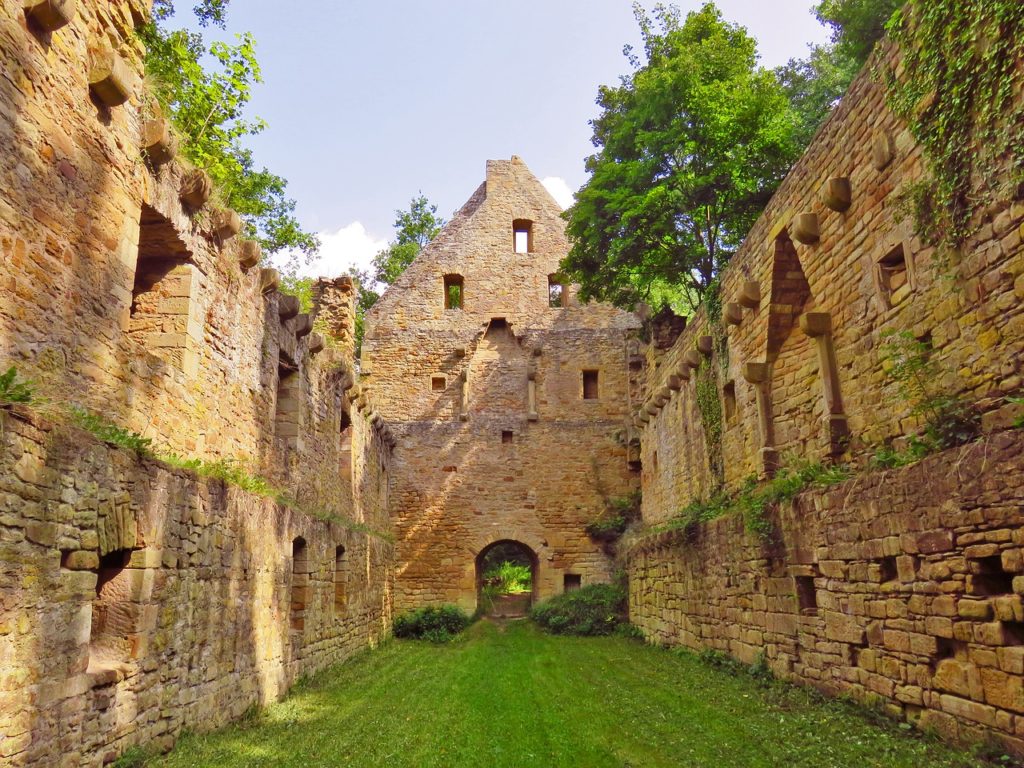
Born in 1098, the tenth child of a noble family, her parents took her to a monastery and offered her as a tithe to the Church when she was eight years old. Though Hildegard later wrote that she felt this was a strongly objectionable practice, she added that she was content with the way her own life as a nun had turned out. She was raised under the care of Jutta of Spanheim, until Jutta died in 1136. The other nuns chose Hildegard as the head of the monetary at Disenbodenberg. Here Hildegard began having her mystical visions and recorded them in three major interconnected works: Scivias (Know the Ways, 1151), The Book of Life’s Merits (1163), and The Book of Divine Works (1173).
So much can be said about Hildegard’s visions and works and, fortunately for all of us, much has been written about her in the last couple of decades that begins to afford her the credit she is due. For these reasons, I will focus on the merits of Hildegard’s gifts and talents that have most greatly affected me as a female sacred artist in the 21st century.
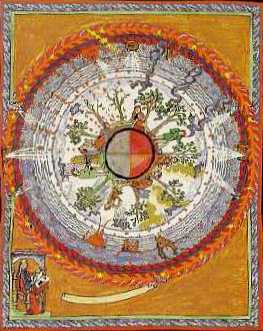
First and foremost, Hildegard was a Mystic. Though she was raised with a traditional understanding of the Christian patriarchal male God (and much of her writing reflects this), her visions reveal a concept of God as a cosmic wheel of vital energy and holistic growth. Like many other mystics from other world religious traditions, Hildegard experienced God as a mandala or sacred circle of organic being.
She also noted the female or maternal aspects of God. Some of her writings and visual works of art celebrate the cosmos as a sacred cosmological egg of creative energy and being. As noted in my blog on Women’s Sacred Poetry, Hildegard subtly highlighted the motherly aspects of “God” in terms of how creation was brought forth from a womb. It is also noteworthy that Hildegard regarded that actual “Church” as a mystical female.

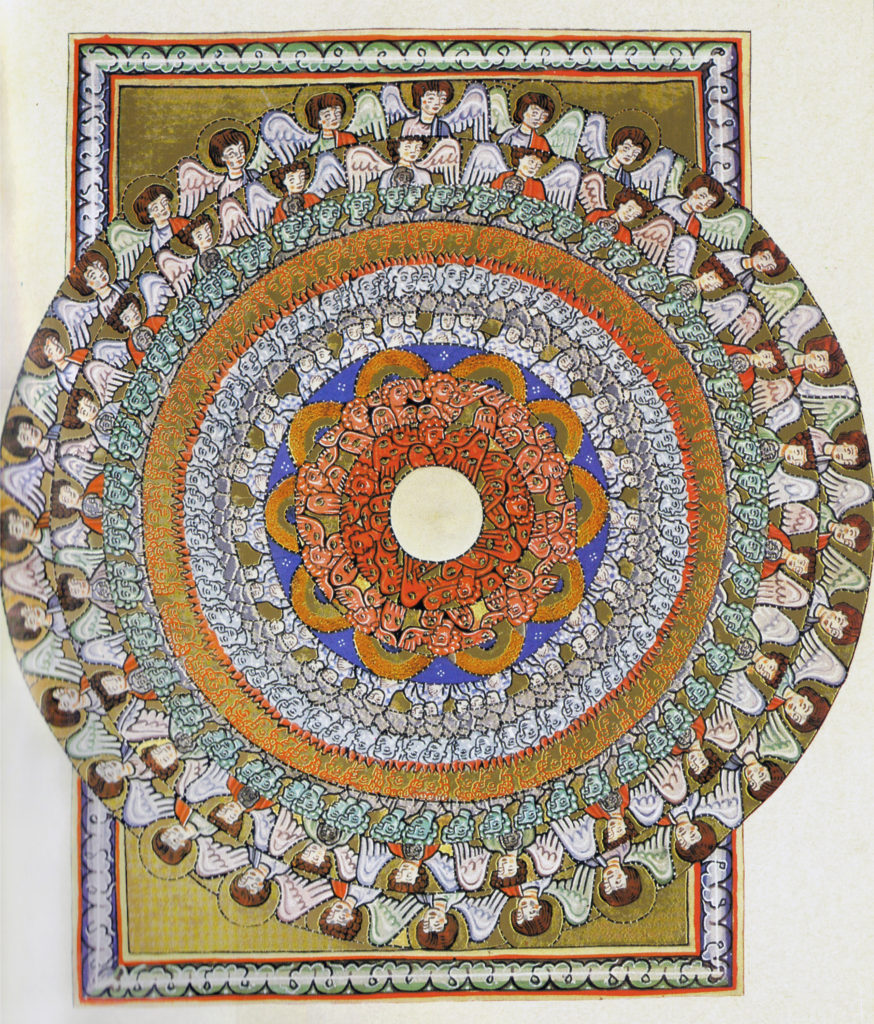
Her visions were accompanied by auditory mystical music, so she concluded that music is the essential fabric of the cosmos. She composed choral music for the liturgy and her collected works, Symphony of the Harmony of Celestial Revelations (1158), is still performed in churches and concert halls all over the world today.
Hildegard recorded her visions concerning human health and healing in her two works – Causes and Cures and Physia. Her approach to good health is based on the importance of wholeness, balance, and diet. She writes that the Divine influences the health in terms of “green vigor,” or the force that gives life to the body. This essence is also that which brings about the constant renewal of nature and effects fruitfulness in human actions. Conversely, turning away from Divine love and grace results in “black bile,” a substance that literally invades the body and results in sickness, lethargy, and depression.
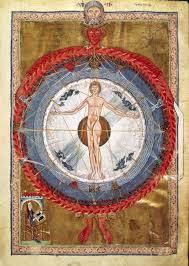
Hildegard believed that the human body is a microcosm of the cosmological divine being. The soul consists of four “humors” that correspond to the four elements of the universe. She explained that each of the 35 vertebrae of the spinal column is subject to virtues and vices that affect all the organs of the body and determine one’s health (physical and spiritual) or lack thereof. Her model for this is amazingly similar to modern acupuncture charts and our understanding of the neural system in general. She recorded a remarkably comprehensive system of caring for and curing each of the physical – spiritual centers of energy. In every case, she suggests the herbs needed for healing, with recipes for concocting them into soups, astringents, essential oils or drinks – most of which used wine as a base.
Without doubt, she was the foremost alchemist of her time. Her visions advised her on what stones, gems, and crystals aided in healing each of the humors. In some cases the minerals would be boiled or soaked in water or wine, in others they were simply to be held in the hand, worn on a necklace by the heart, or held under the tongue for a period of time. In the end, Hildegard believed that a healthy heart was the surest manner of living a long and fruitful life, and because of this, love of the Divine was the utmost cure for anything.
Aside from being perhaps the world’s most prolific sacred female artist to date, Hildegard of Bingen was a powerful and well respected wisdom figure, psychotherapist, philosopher, as well as a religious, moral, and political advisor. Her incredible accomplishments were largely ignored until very recently – because she was a woman. This is tragic on so many levels, but mostly because of the influence she could have and should have had had throughout the centuries on women searching for their own voices as sacred artists and visionaries.
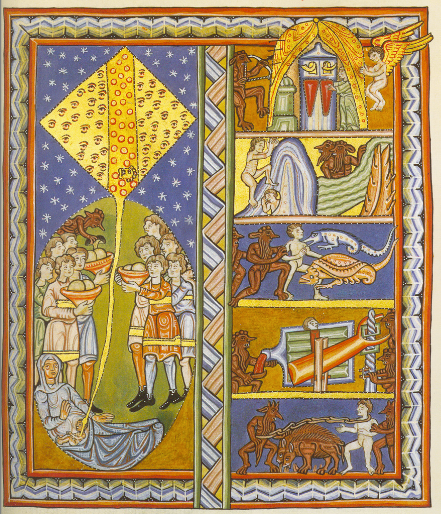
Please join me in celebrating her now through my webinar master class, Women in Mysticism, my Women’s Sacred Poetry monthly webinar gatherings, and especially for the Hildegard of Bingen’s Sacred Art Women’s Pilgrimage in Germany’s Rhine River Valley, October 3-10, 2020.
Love, Abundance, and Joy,
Lori

